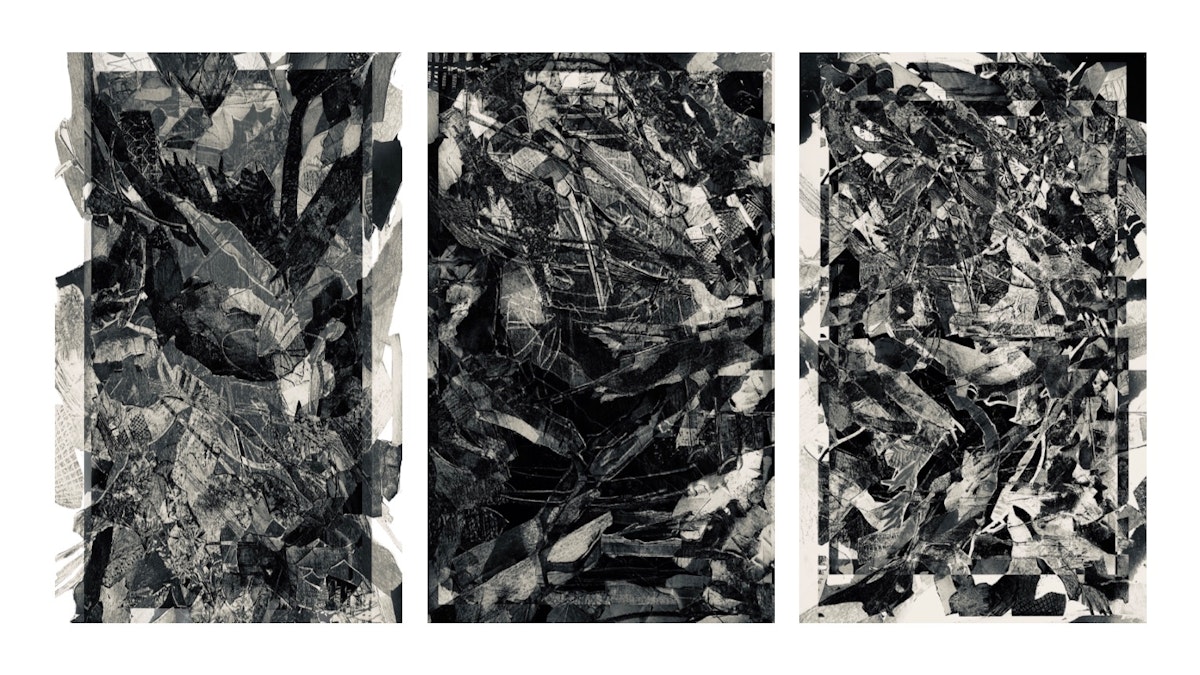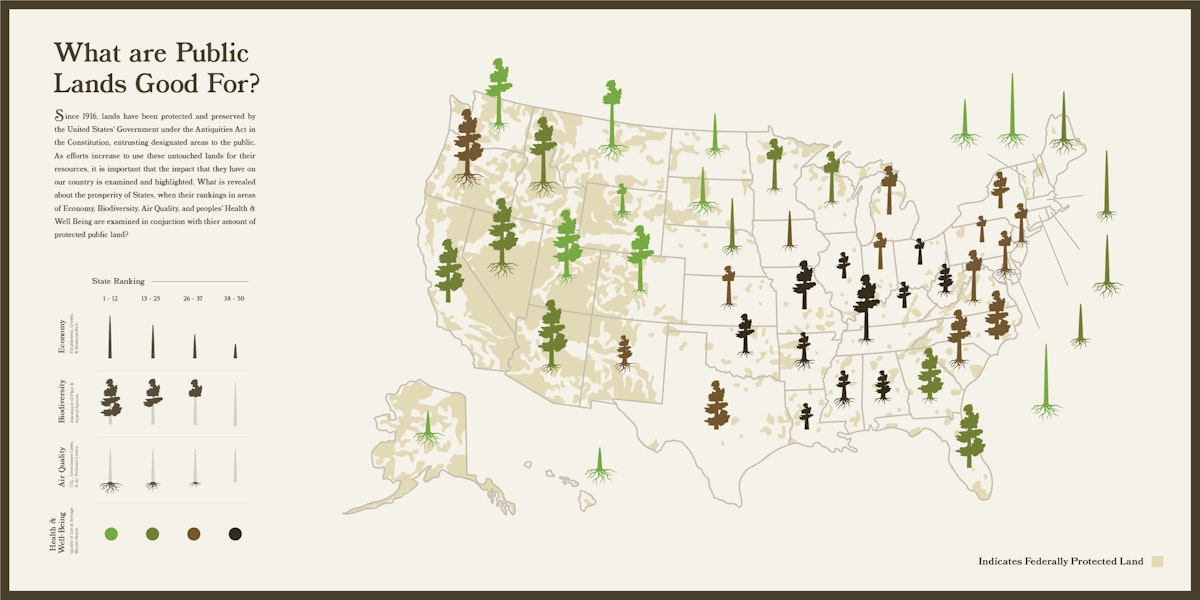Networking During the Pandemic: Stamps Students + Virtual Artist Visits
Instructors at the Penny W. Stamps School of Art & Design are finding creative ways to help students connect with professional artists and designers from across the globe through virtual visits — often finding unexpected advantages to the modality in the process.
Virtual classroom visitors, funded by the Roman J. Witt Visiting Artist program, engage in a variety of activities with Stamps students, including professional practice discussions, critiques, tutorials, and artist talks. These virtual classroom visits happen in addition to the Penny Stamps Speaker Series (delivered remotely this year in partnership with Detroit Public Television), Stamps Gallery’s virtual exhibitions and events, and career events such as From Here to There, a series of virtual talks with Stamps alums.
Virtual Classroom Visits = More Visitors
For many Stamps instructors, the virtual format provides an opportunity for multiple visitors. Stamps Associate Professor Phoebe Gloeckner hosted eight visiting artists in her Comics and Narrative forms courses during the Fall 2020 semester. Visitors included co-creator of the Hulu series WOKE, Keith Knight, and Fantagraphics Books founder Gary Groth.
“I found that inviting multiple artists, writers, and historians was far more feasible than inviting even one guest for an in-person visit,” Gloecker said. “It was easier to schedule remote visits, even with fairly short notice. Invitations for remote conversations were readily accepted.”
In Liz Guilmet’s Studio 2D class, students learned the basic principles of 2D design through the exploration of the work of “spotlight artists” who visited the class via Zoom, alongside assignments based around specific principles those artists use in their work.
“Our third section centered around the use of texture and value, with artist Ming Ying Hong as our spotlight for the week,” reports Edward Rapa (BFA ‘24). “I had a lot of fun experimenting with material and trying to emulate Hong’s style with this assignment.”

Virtual Visits are productive, personal visits
Professor Nick Tobier hosted many visiting artists in his BA Senior Studio course, including artist Alisha Wessler (MFA ‘13); New York Director of the Chill Foundation, Jesse Wilson; landscape architect Chris Landau (MFA ‘06); fashion designer and milliner Stephanie Dickey; Asian languages and cultures professor, Reggie Jackson; and street art curator Flor de Valle.
Tobier found the experiences to be much different from in-person visits, with the environmental context of the visitors’ workspaces playing an important role in the conversation.
“One surprise benefit of the virtual visits was seeing people where they work, often surrounded by material,” Tobier said. “This led to a degree of connection and intimacy and more conversation than presentation.”
Author and designer Oliver Uberti (BFA ‘03) served as a visitor in Patricia Beals’ Visualizing & Depicting Ideas course, offering perspectives on a class data visualization project. According to Casey Rheault (BFA ‘23), Uberti had some really helpful and practical design tips for creating focus in data visualization projects.
“Oliver helped me realize that there was a way to visualize multiple benefits at once in a collective, simple way,” Rheault said.

Virtual Visits are good for networking
Professor Endi Poskovic worked with three visiting artists during the summer to create tutorials for his Exploring Japanese Paper-making and Water Printing course: Amanda Lilleston (MFA '12), Emily Legleitner (BFA ‘19), and Sally Clegg (MFA ‘20).
“Several students followed up with the visitors and continued communicating on their own after the virtual visits ended,” Poskovic reports. “This was unexpected and it seems to have positively impacted the students.”
Molly Bis (Dual major, Stamps BFA and School of Information, ‘21) connected with Amanda Lilleston (MFA '12) after Lilleston’s visit to discuss medical illustration, a shared area of creative interest for both Lilleston and Bis.
“Amanda told me how she allows the subject of medical illustration to inform her printmaking work which gives her a lot of creative freedom. This changed how I looked at medical illustration as an art form,” Bis said.
Stamps students noted that the virtual format also made networking easier in many ways.
“It is easier than ever to send an email or schedule to meet with someone, and in some ways the digital interaction is much less daunting. Not to mention, connecting remotely comes with a lot more flexibility,” Casey Rheault offered.
Molly Bis agreed, adding, “I had a lot of time to think about my questions before asking them. In-person networking requires you to either have questions prepared beforehand or be able to come up with new questions very quickly.”
In reflecting on virtual networking advice for fellow students, Edward Rapa encourages Stampers to get to know their professors and show up at their office hours to connect. “Your professors know a lot of people and might be able to point you in the direction of someone working with what you’re interested in,” Rapa said.
Rheault describes virtual networking as a low risk, high reward activity. “Find someone out there who prompts new ideas and questions within you and email them,” he suggests. “Whether it be someone that comes and visits a class or someone you discover online. Be authentic and specific as to why you are reaching out, keep it simple, and be understanding of their time.”
Interested in finding your next networking opportunity? Explore the Stamps Events Calendar for a full list of school-wide events. All events on this calendar are free and open to the general public.
Image: © Crystal Madsen - stock.adobe.com